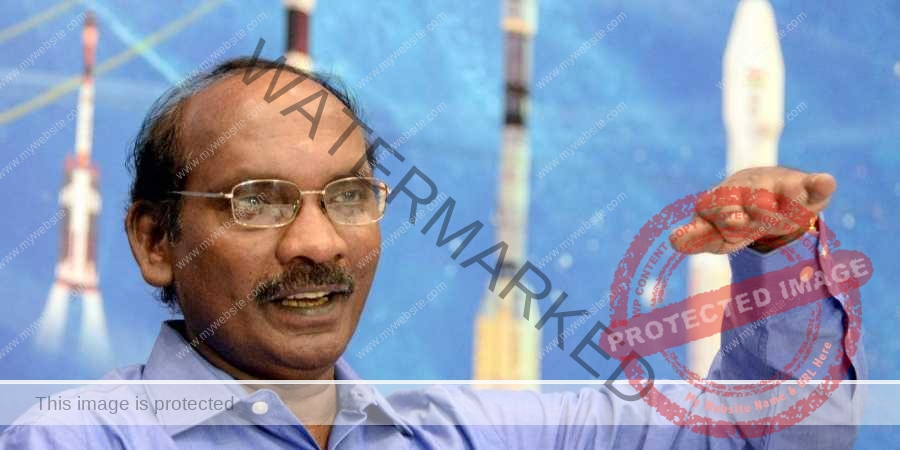ISRO Chief: Chandrayan 2 a highly successful mission; now aiming for Mission Gaganyan
Bengaluru: Overcoming the small setback with the Vikram lander’s soft landing, ISRO Chief K Sivan on Saturday termed the mission Chandrayan 2 overall a highly successful mission and informed that ISRO has ow geared up for Mission Gaganyan—India’s first manned mission and the preparations are underway.
For Mission Gaganyan, first two missions, by December 2020 and July 2020 will be unmanned mission, and by December 2021 India’s first manned mission will be carried out. While evaluating the mission Chandrayan 2, he termed it a successful mission as it consisted of two parts; one big size science component ie. Orbiter—major Experiments were carried out in it—, second was Vikram Lander—which was to be used for the demonstration of soft-landing near the South Pole of the Moon, and we failed only to soft-land on the moon.

He said, “ Chandrayan 2 comprises a very big size science component and a small technology demonstration component, which include soft-landing near the South Pole of the Moon. The bulk of experiments carried out in the interplanetary science is in the orbiter. Initially, the
orbiter’s life was only one year, but due to optimum mission operations, it has increased to 7.5 years. Now, scientists would receive 7.5 times data more than expected. It is really a huge success.”
Chandrayan 2 mission comprised of three phases and all three successfully completed at an altitude of 300 meters from the lunar surface and it demonstrated that all new technology elements including navigation sensors and propulsion except soft landing executed quite well. On the failure of Vikram Lander’s soft-landing the lunar surface underlining the inevitability of failure on the path of achieving something big he said, “Innovation is not just having a great idea on paper.
A great idea on paper is just a great idea, but nothing more. Innovation comes from a very high level risk and failure.” He even listed failures encountered by famous scientists and emphasized the need to view failures as learning opportunity and not as obstacles. He asked students not to be disheartened by them because risk and failures are part and parcel of any innovation.
“I don’t need to tell you how many things Thomas Edition would have failed in inventing light bulb and how many times ISRO has faced failure in development of launch vehicles, but these failures did not become obstacles in our path,” he said.
While elaborating the Mission Gaganyan’s importance, he underscored its necessity for the advancement of country’ science and technological capabilities.

“By December 2020, we are going to have the first unmanned mission of human spacecraft,” he further elaborated, while addressing the 8th convocation of IIT Bhubaneswar. “The second unmanned human spacecraft, we are targeting for July 2021. By December 2021, the first Indian will be carried out by our own rocket to space. This is our target. Everybody at the ISRO is working for that,” he said.
Recalling the Founding father of ISRO, Vikram Sarabhai, he said that he had a great foresight and unbending will to initiate a space program in 1969 because he could imagine its potential for a immensely diverse country like India to speed up its development.
“ Dr Sarabhai thought that for a country like India with immense size and diversity, space technology is the only suitable platform for fast-track development. Today, the results are here for all of us to see,” the ISRO chairman mentioned.
According to Sivan, India may be still be known by many as a poor country but it stands first in the world for sending remote sensing satellites.




